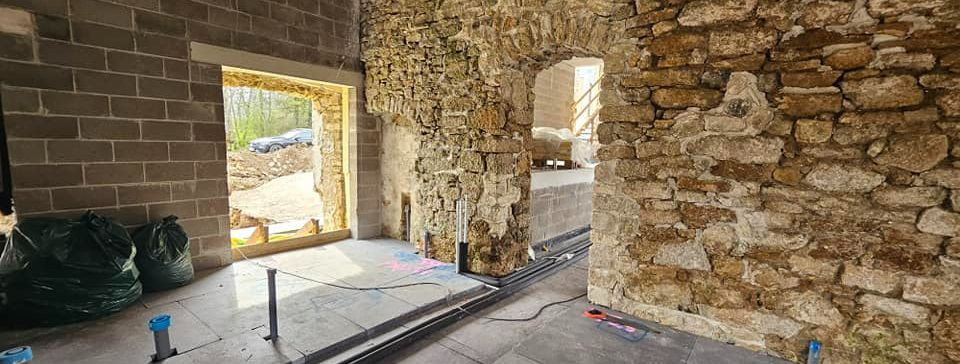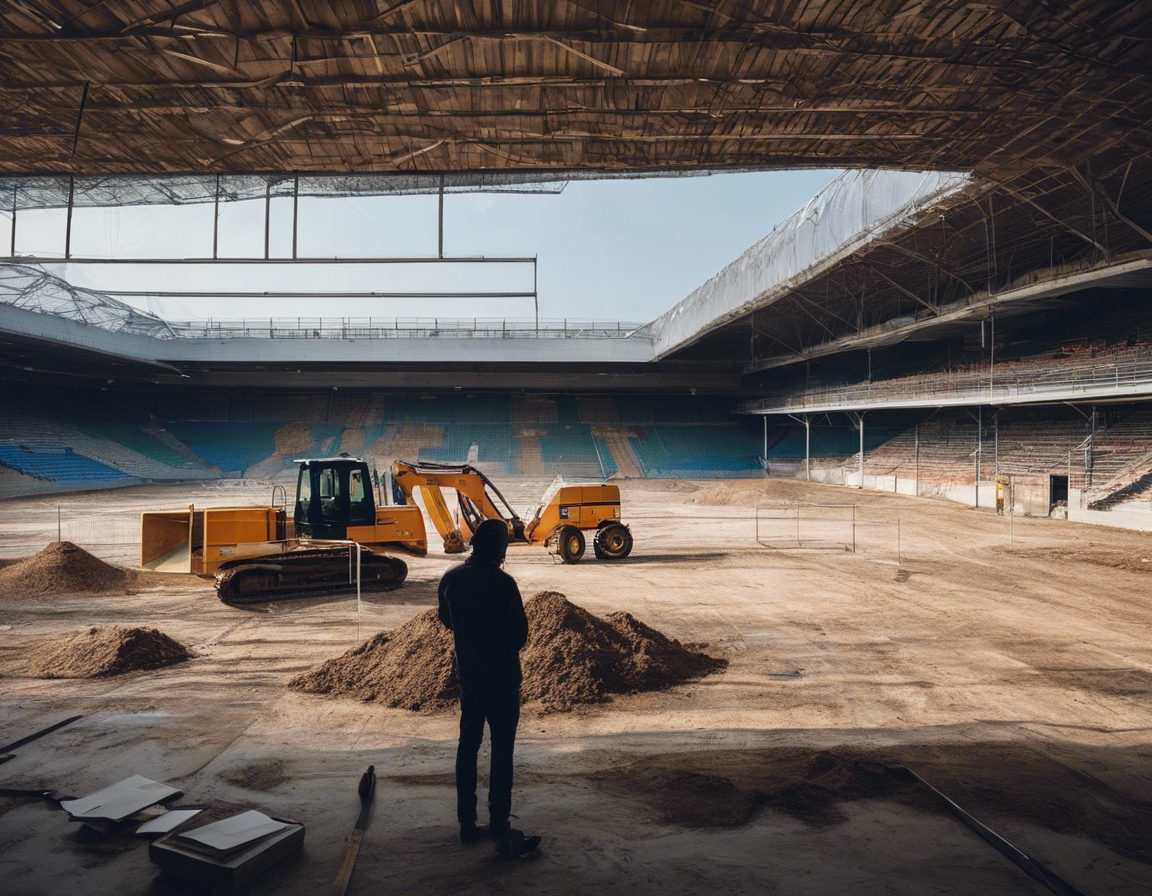The future of construction: sustainability and innovation
As the world becomes increasingly aware of the environmental impact of human activities, the construction industry is undergoing a significant transformation. Sustainable construction is no longer a niche market; it's a necessity. This approach to building focuses on reducing the environmental footprint of construction projects while also delivering economic and social benefits.
Sustainable construction involves the use of processes and materials that are environmentally responsible and resource-efficient throughout a building's life cycle. From planning to design, construction, operation, maintenance, renovation, and demolition, every phase is considered with sustainability in mind.
The construction sector has a profound impact on our environment, accounting for a significant portion of carbon emissions and resource consumption. Embracing sustainability is essential not only for the health of our planet but also for the long-term viability of the industry itself.
Emerging Trends in Sustainable Construction
One of the most significant trends in sustainable construction is the use of green building materials. These materials are sourced, processed, and manufactured with minimal environmental impact. They often come from renewable sources and contribute to healthier indoor environments.
Energy efficiency is at the forefront of sustainable construction. Innovative designs and technologies are being implemented to reduce the energy consumption of buildings. Renewable energy sources, such as solar panels and wind turbines, are becoming more common in new construction projects.
Water is a precious resource, and sustainable construction practices aim to conserve it. Techniques such as rainwater harvesting, greywater recycling, and efficient plumbing fixtures are becoming standard in new buildings.
Construction and demolition waste represents a significant portion of total waste generated worldwide. Sustainable construction seeks to minimize waste through recycling, reusing materials, and choosing products with minimal packaging.
Innovative Technologies Shaping the Future of Construction
Building Information Modeling (BIM) is revolutionizing the construction industry. This digital representation of the physical and functional characteristics of a facility allows for better collaboration among stakeholders and more efficient project management.
3D printing is another technology that is changing the face of construction. It enables the creation of complex building components with less material waste and can even be used to construct entire buildings.
The Internet of Things (IoT) is making buildings smarter. Sensors and connected devices can monitor and control various aspects of a building's performance, leading to greater energy efficiency and improved occupant comfort.
Robotics and automation are being increasingly used in construction to perform repetitive tasks, reduce labor costs, and improve safety on construction sites.
Challenges and Opportunities
While the push for sustainability is strong, the construction industry faces regulatory challenges. Adapting to new building codes and standards that prioritize sustainability requires a shift in mindset and operations.
The move towards sustainable construction opens up numerous opportunities for innovation, market differentiation, and growth. Companies that embrace these practices can position themselves as leaders in a rapidly evolving industry.
Implementing Sustainable Practices in Construction Projects
Implementing sustainable practices requires a comprehensive approach that includes selecting sustainable materials, optimizing design for energy efficiency, and considering the building's entire life cycle. Training and education are also crucial for ensuring that all team members are aligned with sustainability goals.
The Role of Construction Companies in Promoting Sustainability
At MULGI EHITUS OÜ, we are dedicated to leading the way in sustainable construction. Our commitment to innovation and sustainability is evident in every project we undertake, ensuring that we not only meet but exceed the expectations of our clients and contribute positively to the environment.






Comments (0)